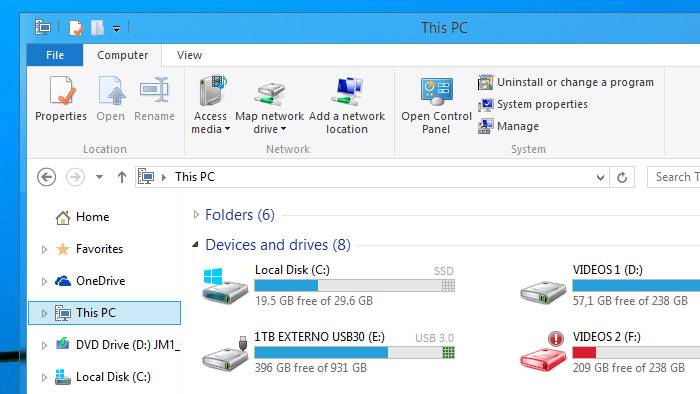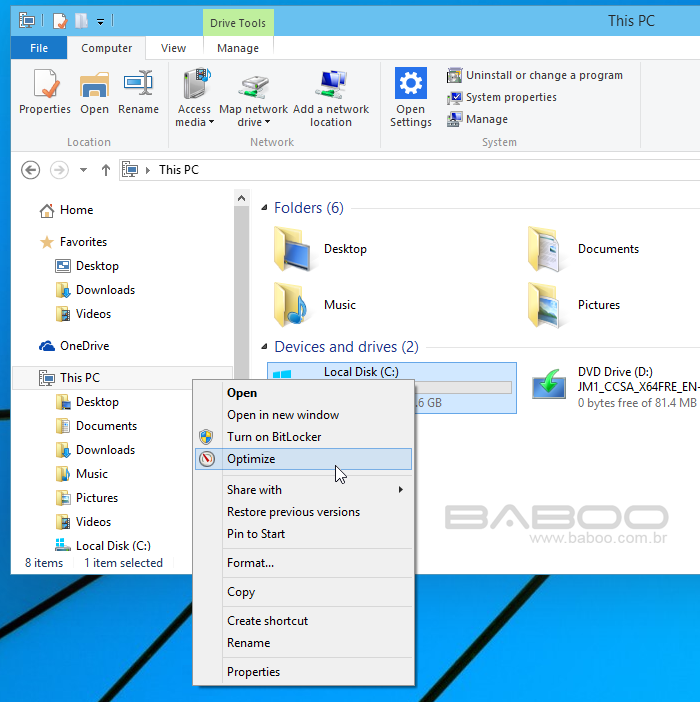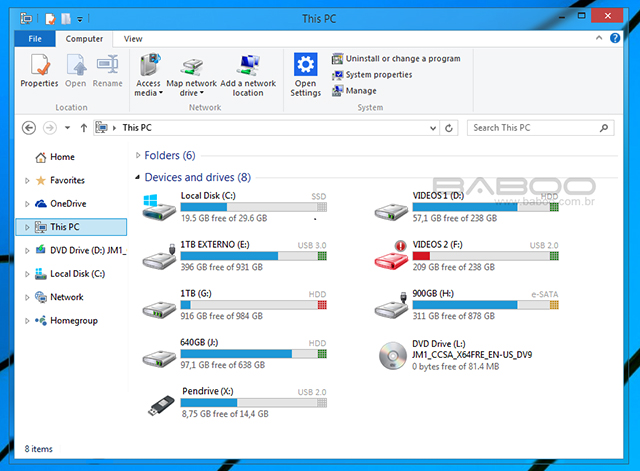
How many of you really understand the cloud? If you were tasked with explaining "the cloud" to a child could you manage it?
A recent discussion with top industry professionals and cloud thought leaders revealed that, for cloud solution providers, education was the biggest hurdle in cloud service adoption. Thankfully at a SAGE hosted round table, we dissected exactly what the cloud is, what it does, and how it can benefit you.
This is what the cloud is
Are you ready for a single sentence to surmise the cloud?
"The cloud is a range of IT services that aren't on the premises" Craig Sharp, Director of Abusi, proclaimed. IT service meaning; encryption, backup and storage, security, servers, applications, and any other IT service you can think of. All these services are now available through the "cloud".
"The cloud" utilizes the speed of our communications networks to use Internet-based services as a sort-of virtual hard drive (HDD). Instead of physically accessing data stored on your HDD (such as documents, applications, or other data) or using your computer's processing power you can use offsite servers to complete tasks.
The National Institute of Standards and Technology (an arm of the US department of commerce) lists five "essential characteristics" that determine if an IT service is under the cloud umbrella:
- "On-demand self-service" -- A user can use more computing resources (storage, processing, bandwidth, active user accounts) as need be without needing to talk to anyone
- "Broad network access" -- The services can be used or accessed by different devices, such as smartphones, laptops, work stations
- "Resource pooling" -- The cloud service provider's computing resources are utilized by multiple organizations, and the computing resources adapt to suit each organization’s computing needs
- "Rapid elasticity" -- The scale of the user's available resources can expand or contract according to need, so that to the user computing resources appear unlimited
- "Measured service" -- A user's computing resources use is measured and can be controlled. The usage data can be reported to both user and provider.
Rather than treating the cloud as a separate entity, understand that "the cloud" is a set of Internet services that have the aforementioned features.
This is what the cloud does
In the previous section we looked at the "essential features" that a provider has to demonstrate to qualify as a cloud service, in this section we'll discuss how those features are actually utilized. I'm going to gamble that you're already using/have heard of consumer cloud services, such as Netflix, Dropbox, or Spotify so I'll relate those to businesses-use cases of the cloud.
On-demand self-service
In my household we have Netflix, me and my housemate like to watch on our laptops but my girlfriend enjoys watching on her iPad. If suddenly my sister drops by and demands "I must watch my television shows!" what we can then do is set up another Netflix user on the same account and my sister can then watch Netlfix on another device.
What Netflix allows consumers to do is set up more users on the same account, with all the users having access to the same library, and assigns enough bandwidth to the account for each user to watch different videos simultaneously. Using a cloud based service such as Office 365 is the Netflix of office documentation. You can add users on the fly, choose which documents your staff can access, and have everyone use the same Office 365 account on separate devices at once.
Broad network access
I have the Spotify app on said girlfriend's iPad, my laptop, and my Windows phone, this means that I can use my login details on any of these devices and have access to my playlists, my favorited artists, and artists Spotify has recommended to me. So I can enjoy a new album on my laptop, log in to the app on my phone and listen to the same music as I walk to the shops, and then show-off my musical discovery to my girlfriend on her iPad.
Because I can access the same data on a multitude of devices I have a much greater degree of mobility. Utilizing a cloud service you can conceivably; write a first-draft of a report on your home PC, re-read the report on your phone during your commute making annotations and editing notes, then have the report with the annotations available at your work station. If you choose your data can be synchronized across multiple devices. At a basic level this avoids embarrassing cock-ups like forgetting a USB stick or bringing the wrong version of a document. At a complex level it allows easier collaboration between staff regardless of their locations.
Resource pooling
Both my father and I use Dropbox, we have separate accounts, separate files, and separate subscription models. Just because I have 10GB of storage and my father has access to 5GB it doesn't mean that he couldn't upgrade to 10GB. Similarly if my dad suddenly needed a whopping 1TB of Dropbox storage, Dropbox wouldn't need to limit my usage to accommodate my father's.
Essentially no matter how many people from different enterprises are actively using the service there should never be a drop in quality for any user. What this means for businesses is that SMEs (small to medium enterprises) have access to the same level of computing resources as MNCs (multi-national corporations). This means your organization is incredibly scalable, we'll talk more about that under the next heading.
Rapid elasticity
I couldn't think of a particularly good analogous consumer service, but "rapid elasticity" is a simple concept to understand.
Say your company is expanding and you need more storage space for your data and more people need to access that data, so you buy more servers. Your company keeps expanding and you buy more and more servers, but there's an unexpected financial crash and suddenly you can't afford to keep on the same number of staff. The reduced staff number means that all those fancy servers you bought are now just boxes with lights on, not being used by anybody.
As we touched on under the previous heading, one of the strengths of cloud services is their scalable nature. This means that if your business begins hiring new staff, you don't need to buy more servers or data racks to accommodate the new users, you can just acquire more computing resources in the cloud. Similarly if you downscale your operation you can simply tell the cloud service provider that you don't need the extra storage space, number of user accounts or bandwidth anymore.
Measured service
Amazon's on-demand video service allows you to "rent" video for a single watch much like visiting Blockbuster (other video rental shops were available). Assuming I don't want to clutter my house with DVDs I may only watch once, this means that I only get charged for what I use.
Because cloud services are strictly measured and both you and the cloud service provider have access to the measurement data, you can judge what level of computing resources you know you need. Although most cloud services providers won't provide you with an exact you-pay-for-what-you-use model, most will offer a flexible payment model that fits in with their product.
Do you now understand the cloud?
The cloud is the future of IT infrastructure, owning physical servers is expensive and cumbersome and severely limits a business's agility and growth prospects. The biggest takeaway from the roundtable was this: the jargon surrounding cloud technology gets in the way of selling it.
All of the attendees were confused by the tech industry's insistence of using confusing terms to describe basic functions. A great litmus test for determining if a sales person is full of it or if they can actually help you is query every word you don't understand, that'll have some sales people nervously tugging their collar!
Image Credit: ND Johnston/Shutterstock
Published under license from ITProPortal.com, a Net Communities Ltd Publication. All rights reserved.
from BetaNews http://feeds.betanews.com/~r/bn/~3/w6XowqyTmt4/
via
IFTTT




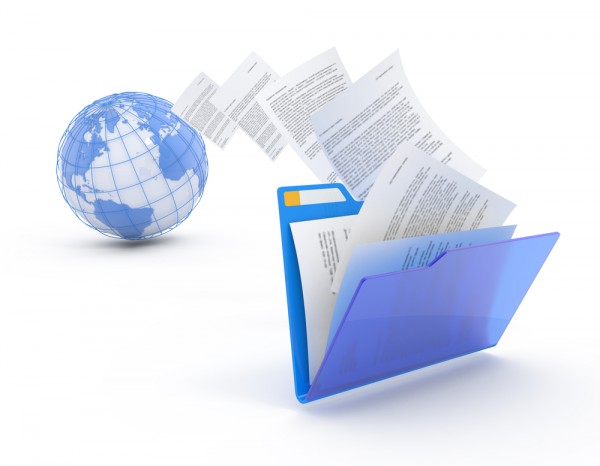

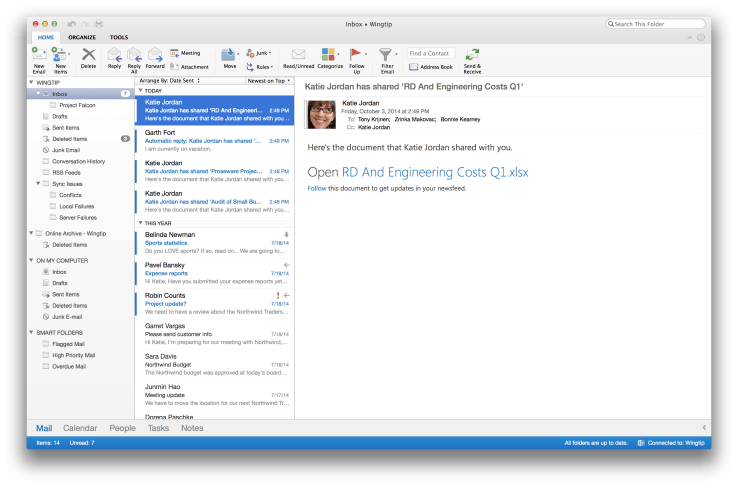








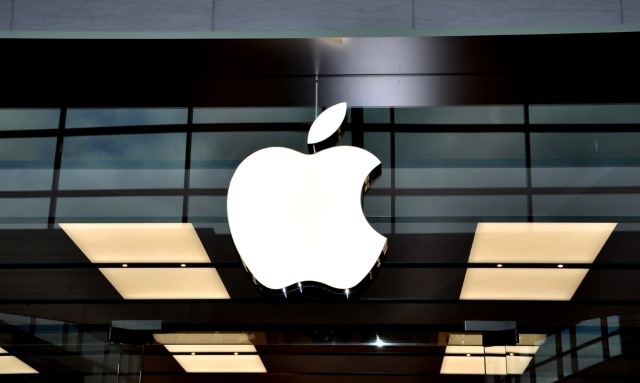
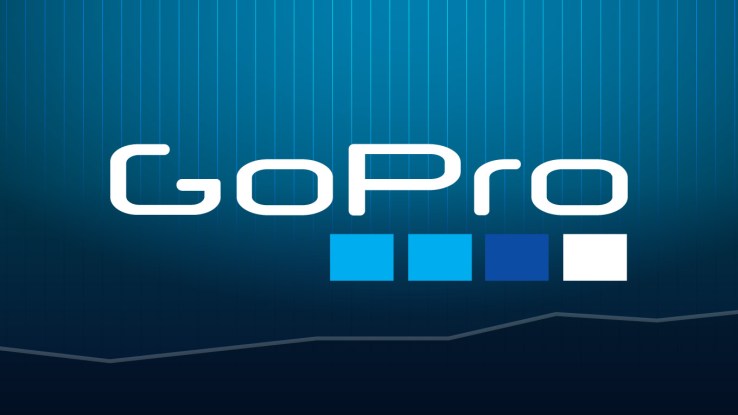
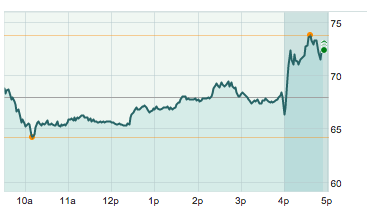














 Labedzki says that the entire game gives the person asking the first question far more power. They can ask the first question and control to whom they want to speak. “People can easily express themselves,” he said. “It’s real time, so there’s no fake content prepared for weeks in advance.”
Labedzki says that the entire game gives the person asking the first question far more power. They can ask the first question and control to whom they want to speak. “People can easily express themselves,” he said. “It’s real time, so there’s no fake content prepared for weeks in advance.”
